Introduction #
The authors have unveiled a novel dataset comprising discarded face masks, named MaskNet, alongside the introduction of a cutting-edge deep neural network architecture known as LitterNet. This innovative architecture is designed for rapid identification of abandoned face masks across diverse environments. Additionally, they have introduced a location-based intelligence model aimed at predicting areas with a heightened risk of hazardous litter in smart cities. This comprehensive framework offers valuable support to authorities in preemptively planning emergency responses to the dispersal of dangerous materials within residential settings.
Authors’ research has several novel contributions:
- The novel multi-location littered face mask dataset, called MaskNet, gathered for training machine learning models for autonomous detection and classifcation of discarded face masks in various urban and natural environments. This dataset is collected in Steyr, Austria, and Tehran, Iran, and to the best of our knowledge, is the frst dataset of littered medical face masks in diferent environments. Although currently there are several face mask datasets available online, the experimental results in this research prove that the detection of littered face mask using these datasets leads to low accuracy. In order to have an accurate deep neural network model for littered mask detection, face masks with various degrees of degradation and deformation, covered in various levels of dirt and in various natural backgrounds under diferent light conditions should be presents in the dataset. The proposed MaskNet dataset addresses these requirements.
- The second contribution of the paper is a new deep neural network architecture, called LitterNet, which is able to automatically detect and classify environments with discarded face masks with the accuracy of 96%. The speed of proposed model is 10 times faster than comparable architectures, which is an important factor in processing the required footage on the SoC processing units of edge surveillance nodes in the smart city with limited computational resources.
- The third contribution of this research is a location intelligence model which combines the output of LitterNet with various models interpolated from smart city geo-location datasets in order to provide a series of proposals for hazardous litter management intelligence in smart cities for emergency response management.

The architecture of LitterNet and the process of mask and trash detection.
The MaskNet dataset was collected in Austria and Iran in July 2020. The dataset was collected daily for seven days in Steyr, Austria, and Tehran, Iran, during diferent times of day from 6 A.M. up to 6 P.M. from diferent environments such as streets, parks, riverbanks, inside buildings and ofces. It consists of 1061 surgical masks images that are littered on the streets and other urban areas. In addition, images of streets without discarded masks were also collected. The original size of the dataset is 6.9 GB, and the photos have an image resolution of 3024 × 4032 pixels. The images are captured by three smartphones: An Apple iPhone 11, a Samsung Galaxy S8, and a Samsung Galaxy S10.
For sampling, the images were acquired with the default zoom of the aforementioned smartphones with the mask at the centre, top, bottom, corners of the image, and discarded masks were left in diferent states of deformation, various levels of dirt and near diferent objects, such as bins and bushes. In order to efciently train the model used in the proposed system and normalize the dataset, the size of the images is reduced to the image size of 540 × 720 pixels, which reduces the size of the dataset to 220 MB. In order to train the models, 70% of images are used for training the LitterNet deep neural network, 13% for cross-validation, and 17% for testing.
Summary #
MaskNet is a dataset for an object detection task. It is used in the smart city industry.
The dataset consists of 1058 images with 1058 labeled objects belonging to 1 single class (mask).
Images in the MaskNet dataset have bounding box annotations. All images are labeled (i.e. with annotations). There are no pre-defined train/val/test splits in the dataset. The dataset was released in 2022 by the Khatam University, University of Applied Sciences Upper Austria, Swinburne University of Technology, and University of Tehran.

Explore #
MaskNet dataset has 1058 images. Click on one of the examples below or open "Explore" tool anytime you need to view dataset images with annotations. This tool has extended visualization capabilities like zoom, translation, objects table, custom filters and more. Hover the mouse over the images to hide or show annotations.

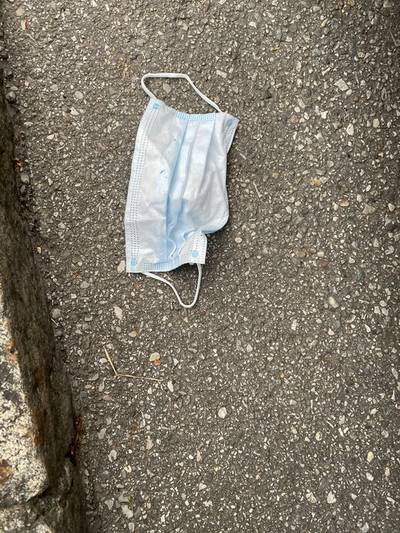

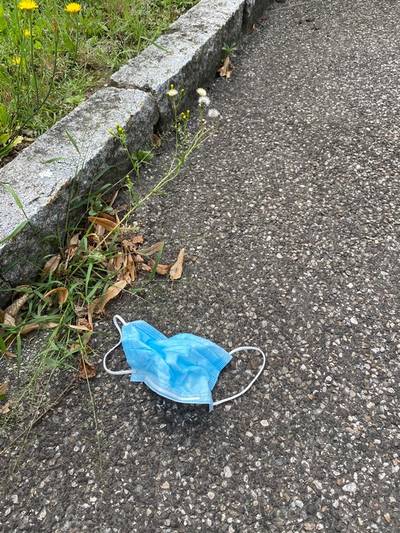

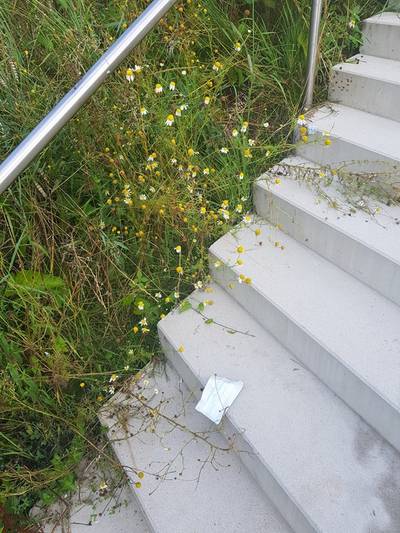

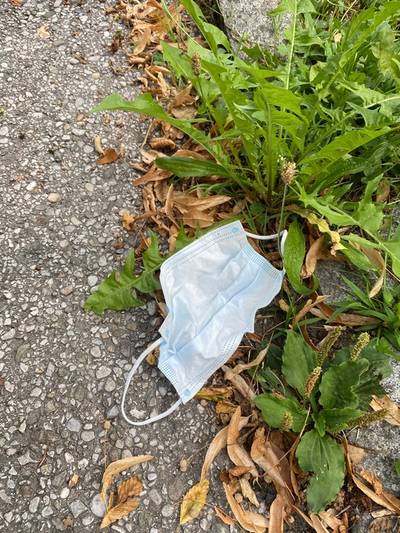



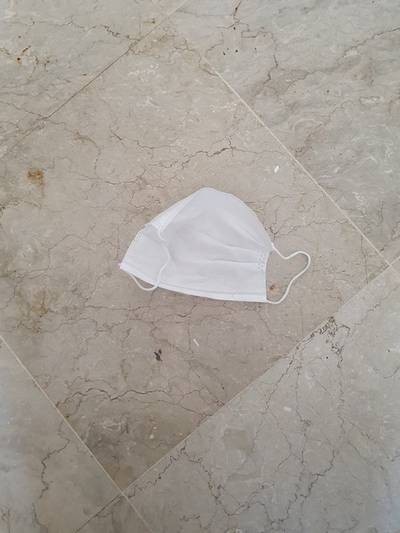

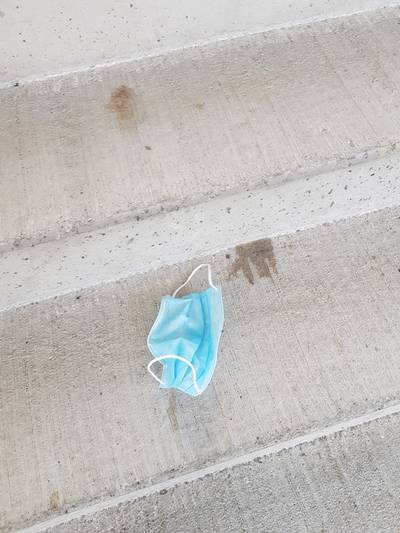

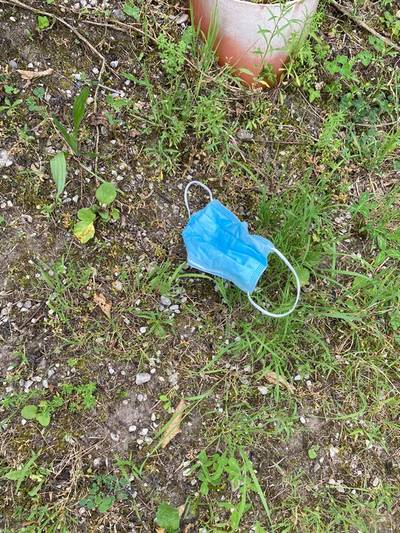

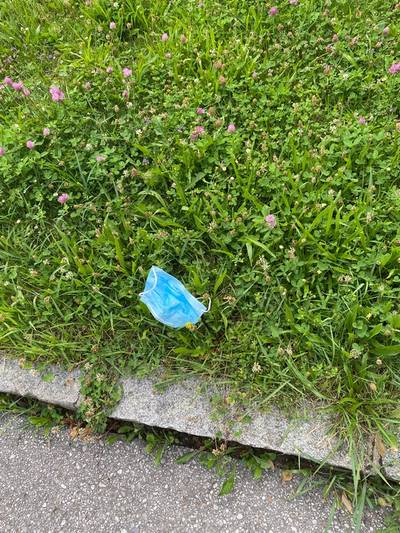

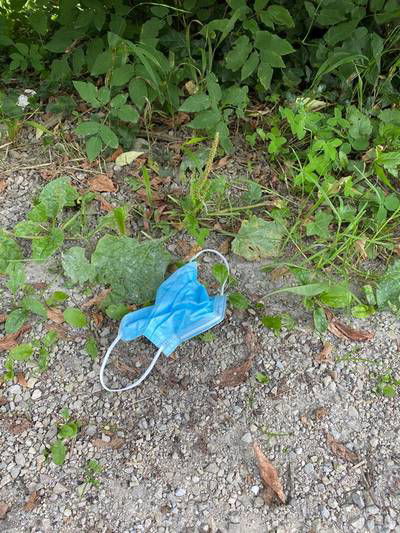

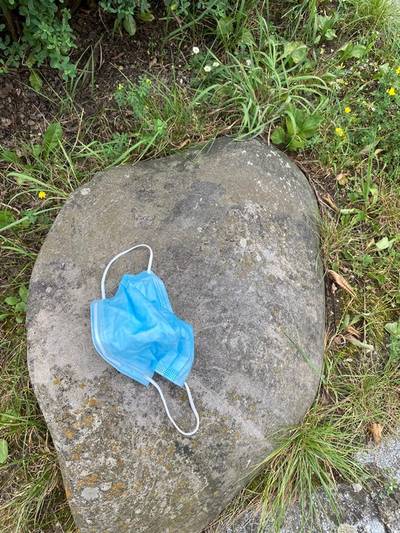

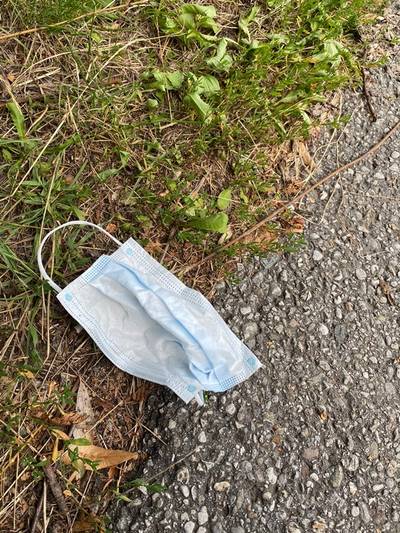

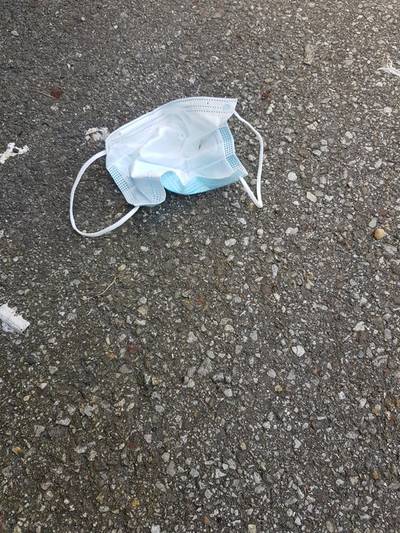

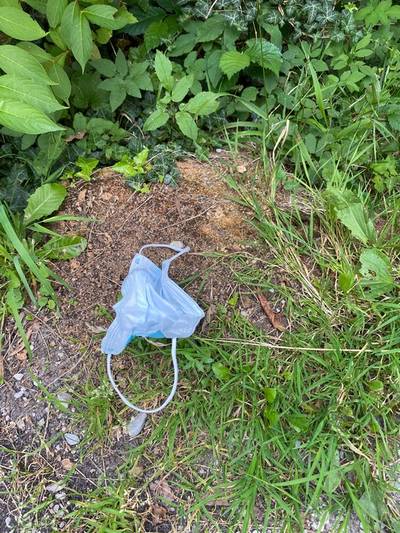

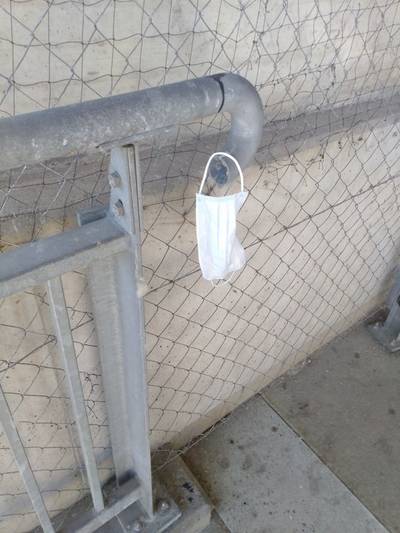

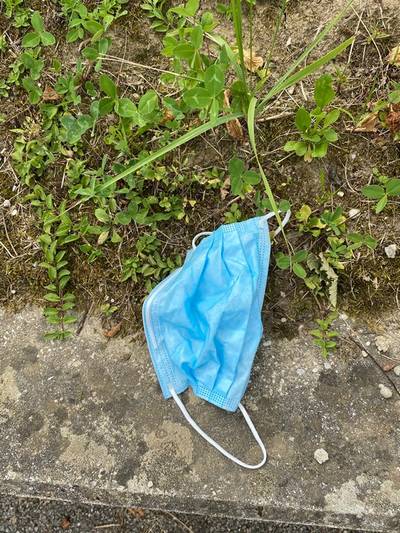

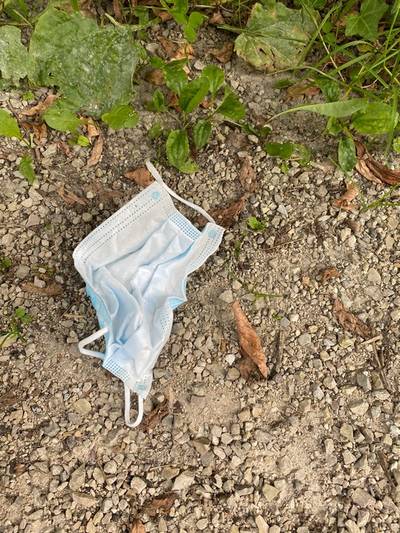

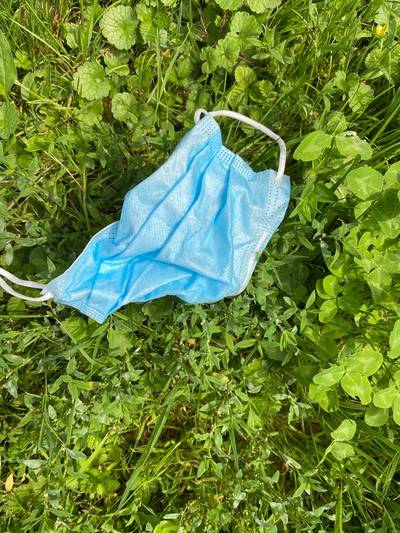

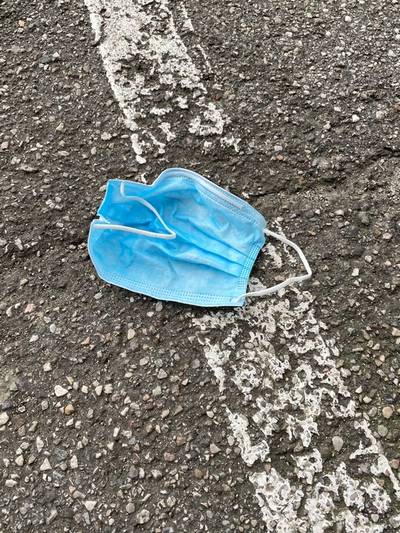

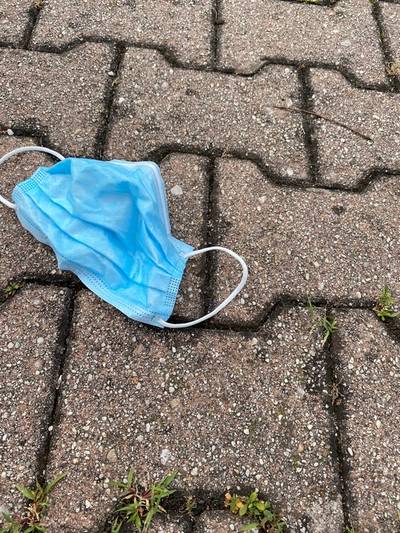

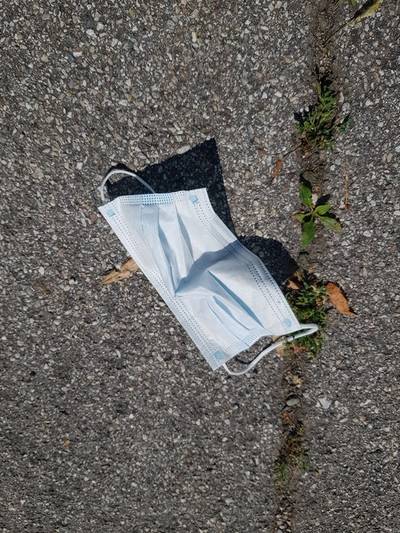

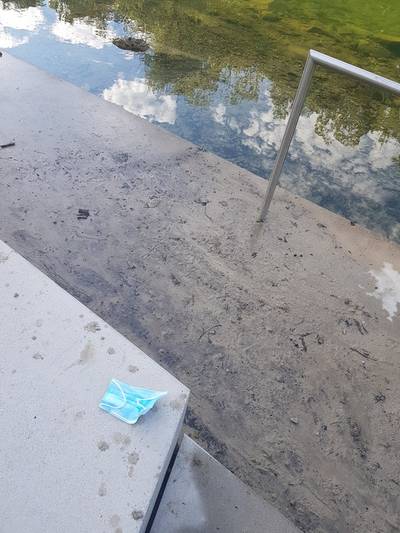

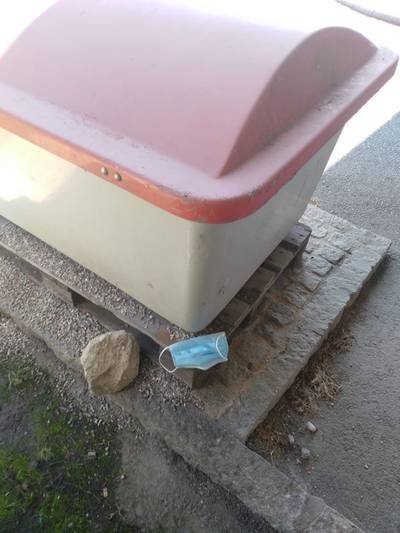

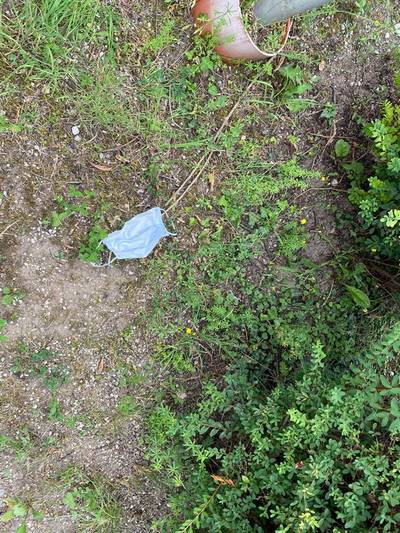

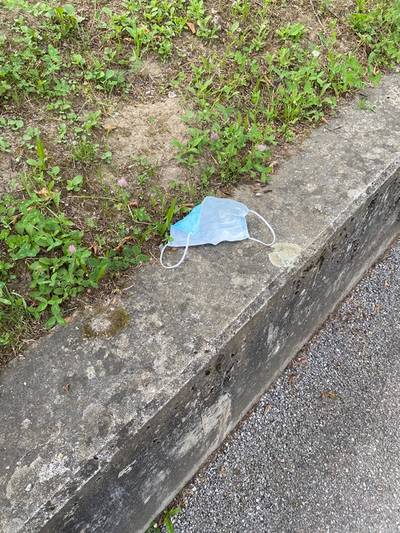



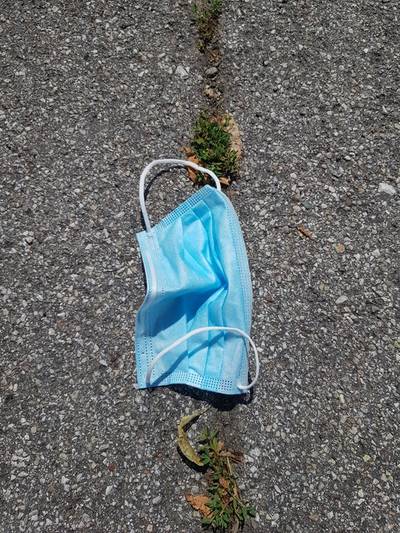

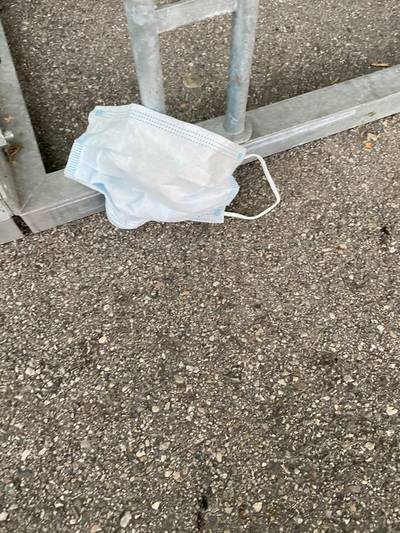

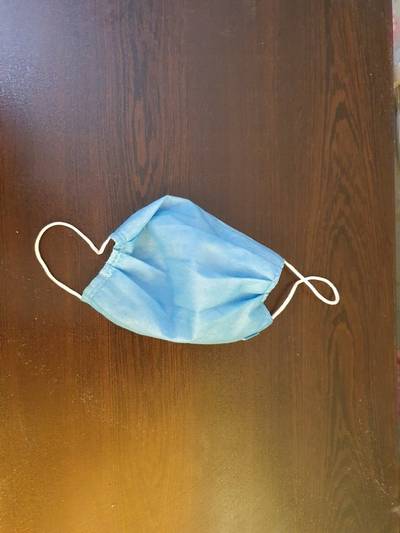

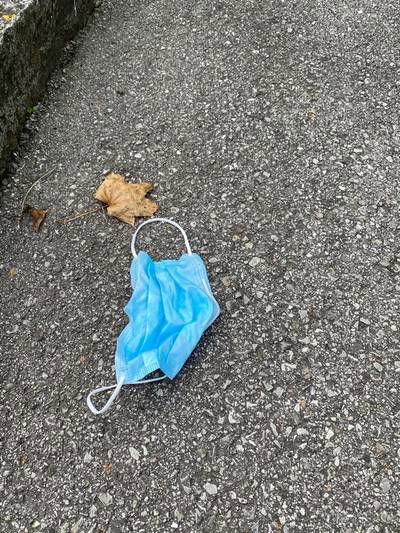
Class balance #
There are 1 annotation classes in the dataset. Find the general statistics and balances for every class in the table below. Click any row to preview images that have labels of the selected class. Sort by column to find the most rare or prevalent classes.
Class ㅤ | Images ㅤ | Objects ㅤ | Count on image average | Area on image average |
|---|---|---|---|---|
mask➔ rectangle | 1058 | 1058 | 1 | 12.13% |
Images #
Explore every single image in the dataset with respect to the number of annotations of each class it has. Click a row to preview selected image. Sort by any column to find anomalies and edge cases. Use horizontal scroll if the table has many columns for a large number of classes in the dataset.
Object distribution #
Interactive heatmap chart for every class with object distribution shows how many images are in the dataset with a certain number of objects of a specific class. Users can click cell and see the list of all corresponding images.
Class sizes #
The table below gives various size properties of objects for every class. Click a row to see the image with annotations of the selected class. Sort columns to find classes with the smallest or largest objects or understand the size differences between classes.
Class | Object count | Avg area | Max area | Min area | Min height | Min height | Max height | Max height | Avg height | Avg height | Min width | Min width | Max width | Max width |
|---|---|---|---|---|---|---|---|---|---|---|---|---|---|---|
mask rectangle | 1058 | 12.13% | 45.45% | 0.49% | 29px | 4.03% | 625px | 86.81% | 205px | 28.46% | 32px | 5.93% | 513px | 95% |
Spatial Heatmap #
The heatmaps below give the spatial distributions of all objects for every class. These visualizations provide insights into the most probable and rare object locations on the image. It helps analyze objects' placements in a dataset.

Objects #
Table contains all 1058 objects. Click a row to preview an image with annotations, and use search or pagination to navigate. Sort columns to find outliers in the dataset.
Object ID ㅤ | Class ㅤ | Image name click row to open | Image size height x width | Height ㅤ | Height ㅤ | Width ㅤ | Width ㅤ | Area ㅤ |
|---|---|---|---|---|---|---|---|---|
1➔ | mask rectangle | MaskNet - Resized (897).jpg | 720 x 540 | 374px | 51.94% | 212px | 39.26% | 20.39% |
2➔ | mask rectangle | MaskNet - Resized (319).jpg | 720 x 540 | 299px | 41.53% | 176px | 32.59% | 13.53% |
3➔ | mask rectangle | MaskNet - Resized (165).jpg | 720 x 540 | 420px | 58.33% | 155px | 28.7% | 16.74% |
4➔ | mask rectangle | MaskNet - Resized (387).jpg | 720 x 540 | 230px | 31.94% | 204px | 37.78% | 12.07% |
5➔ | mask rectangle | MaskNet - Resized (739).jpg | 720 x 540 | 115px | 15.97% | 192px | 35.56% | 5.68% |
6➔ | mask rectangle | MaskNet - Resized (548).jpg | 720 x 540 | 145px | 20.14% | 328px | 60.74% | 12.23% |
7➔ | mask rectangle | MaskNet - Resized (1010).jpg | 720 x 540 | 131px | 18.19% | 236px | 43.7% | 7.95% |
8➔ | mask rectangle | MaskNet - Resized (802).jpg | 720 x 540 | 303px | 42.08% | 181px | 33.52% | 14.11% |
9➔ | mask rectangle | MaskNet - Resized (750).jpg | 720 x 540 | 284px | 39.44% | 222px | 41.11% | 16.22% |
10➔ | mask rectangle | MaskNet - Resized (572).jpg | 720 x 540 | 342px | 47.5% | 209px | 38.7% | 18.38% |
License #
Citation #
If you make use of the MaskNet data, please cite the following reference:
@article{Peyvandi2022,
author={Peyvandi, Amirhossein
and Majidi, Babak
and Peyvandi, Soodeh
and Patra, Jagdish C.
and Moshiri, Behzad},
title={Location-aware hazardous litter management for smart emergency governance in urban eco-cyber-physical systems},
journal={Multimedia Tools and Applications},
year={2022},
month={Jan},
day={03},
issn={1573-7721},
doi={10.1007/s11042-021-11654-w},
url={https://doi.org/10.1007/s11042-021-11654-w}
}
If you are happy with Dataset Ninja and use provided visualizations and tools in your work, please cite us:
@misc{ visualization-tools-for-masknet-dataset,
title = { Visualization Tools for MaskNet Dataset },
type = { Computer Vision Tools },
author = { Dataset Ninja },
howpublished = { \url{ https://datasetninja.com/masknet } },
url = { https://datasetninja.com/masknet },
journal = { Dataset Ninja },
publisher = { Dataset Ninja },
year = { 2025 },
month = { aug },
note = { visited on 2025-08-04 },
}Download #
Dataset MaskNet can be downloaded in Supervisely format:
As an alternative, it can be downloaded with dataset-tools package:
pip install --upgrade dataset-tools
… using following python code:
import dataset_tools as dtools
dtools.download(dataset='MaskNet', dst_dir='~/dataset-ninja/')
Make sure not to overlook the python code example available on the Supervisely Developer Portal. It will give you a clear idea of how to effortlessly work with the downloaded dataset.
Disclaimer #
Our gal from the legal dep told us we need to post this:
Dataset Ninja provides visualizations and statistics for some datasets that can be found online and can be downloaded by general audience. Dataset Ninja is not a dataset hosting platform and can only be used for informational purposes. The platform does not claim any rights for the original content, including images, videos, annotations and descriptions. Joint publishing is prohibited.
You take full responsibility when you use datasets presented at Dataset Ninja, as well as other information, including visualizations and statistics we provide. You are in charge of compliance with any dataset license and all other permissions. You are required to navigate datasets homepage and make sure that you can use it. In case of any questions, get in touch with us at hello@datasetninja.com.


